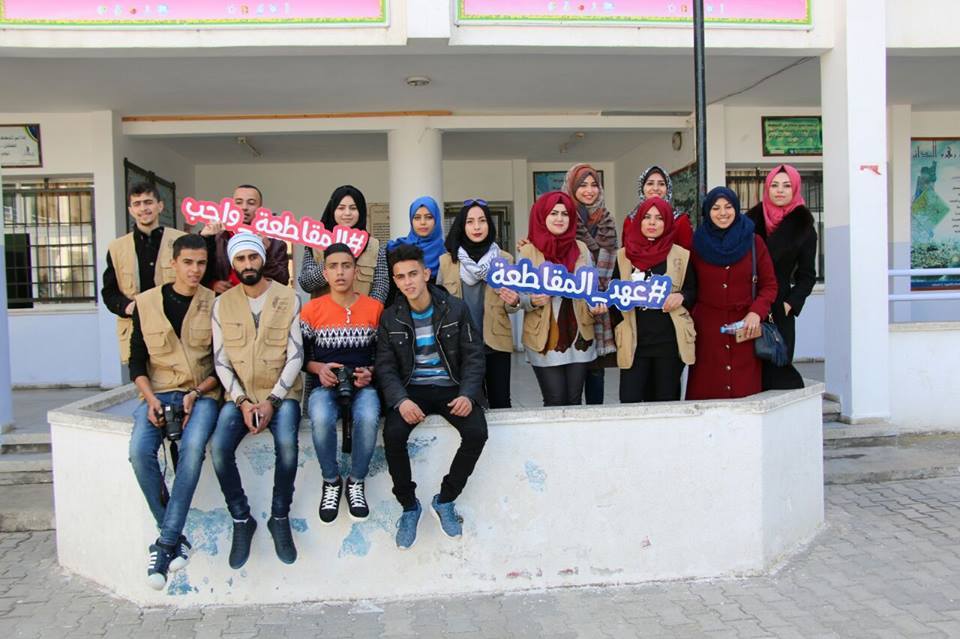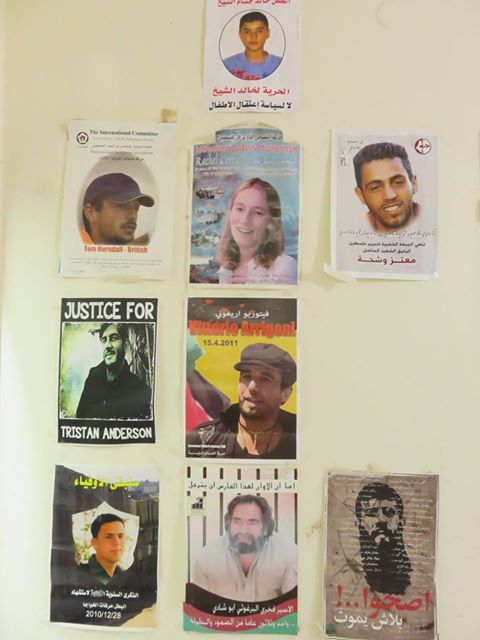Category: Gaza
-
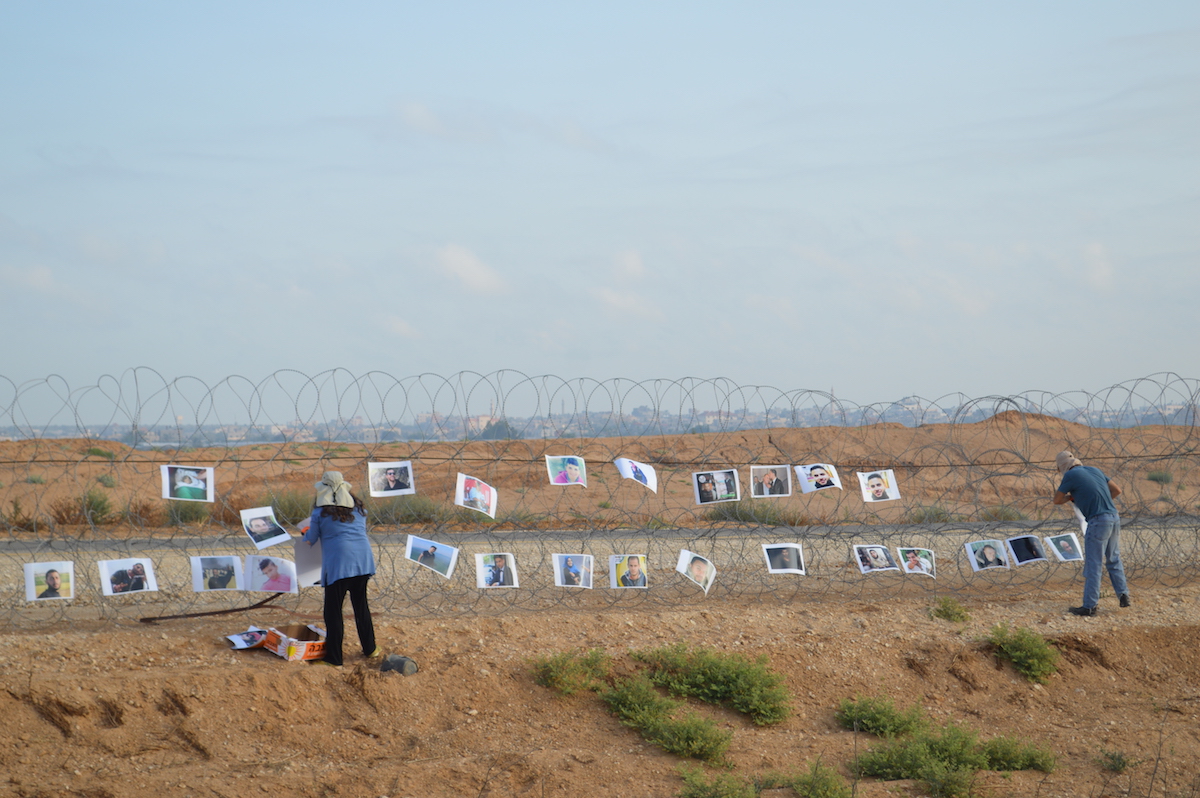
Jewish Israeli activists call for Palestinian right of return, hang portraits of protesters murdered in Gaza on Apartheid Wall
First published by Mondoweiss The following press release was sent to Mondoweiss regarding two actions in support of the right of return that were taken by Jewish groups in Israel today: At 6 AM today, an anonymous group of Israeli-Jewish activists, calling themselves “RETURN” hung photos of the martyrs of the Great Return March on the Gaza…
-
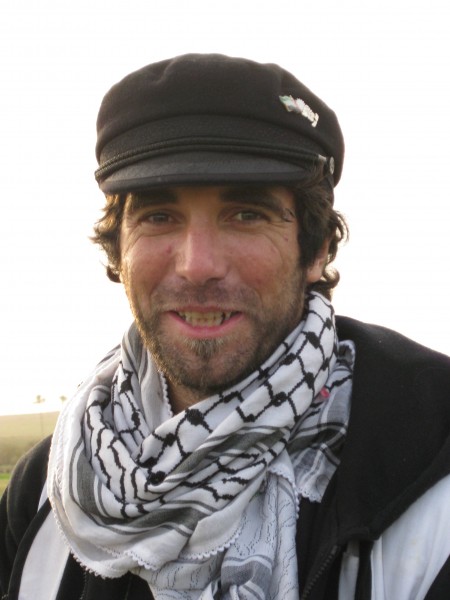
Six year anniversary of the death of Vittorio Arrigoni
16th April 2017 | International Solidarity Movement, Ramallah Team | Gaza, occupied Palestine Today marks the 6th anniversary of the death of Vittorio Arrigoni, a journalist and an italian activist working with the International Solidarity Movement, in Gaza. Arrigoni first went to Gaza in 2008, on an activist-organised flotilla seeking to defy the Israeli blockade…
-
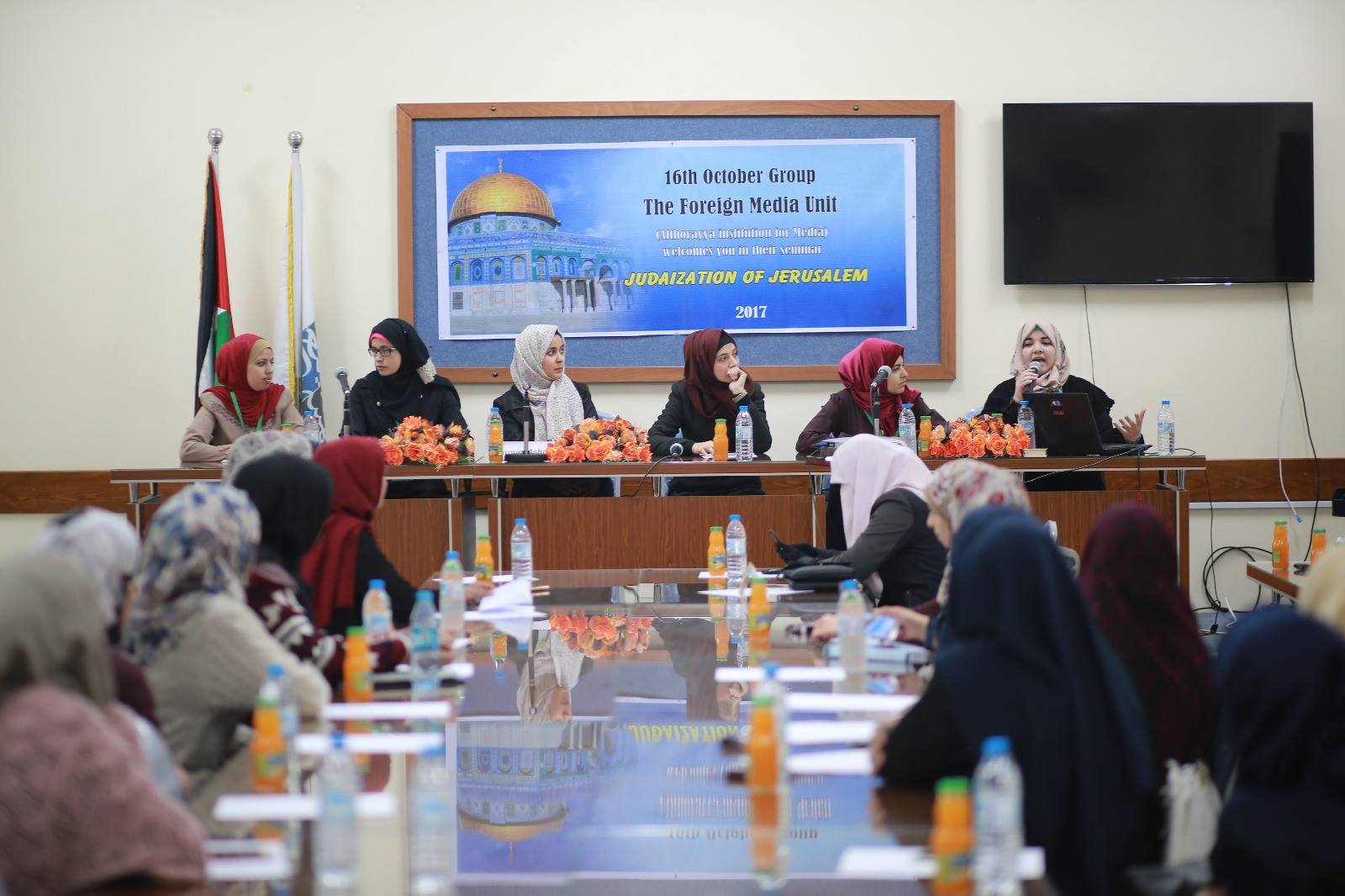
16th October Group helds a seminar about the judaization of Jerusalem
3rd March 2017 | International Solidarity Movement, Gaza team | Gaza, occupied 16th October Group (the foreign Media Unit in Athorayya association for Media ) held a seminar about the judaization of Jerusalem, on Monday 27 of February in Gaza city. the seminar aims at shedding the light on the suffering of the Jerusalemites and…
-
Awareness campaign to boycotting the Israeli occupation
23rd February 2017 | International Solidarity Movement, Gaza team | Gaza, occupied Palestine The Boycott campaign-Palestine PCB organized an awareness campaign for some Schools in Gaza City in order to raise awareness of the importance of Boycotting the occupation and supporting local products. A number of the boycott-campaign-Palestine activists took part in the campaign by…
-
Remembering Tom Hurndall
16th January 2017 | International Solidarity Movement, ISM Australia | Gaza, occupied Palestine It’s 13 years since Tom Hurndall, a British activist with ISM, was shot in the head while trying to carry a small boy away from a conflict zone in Gaza. His face was among a wall of martyrs I saw on arrival…

